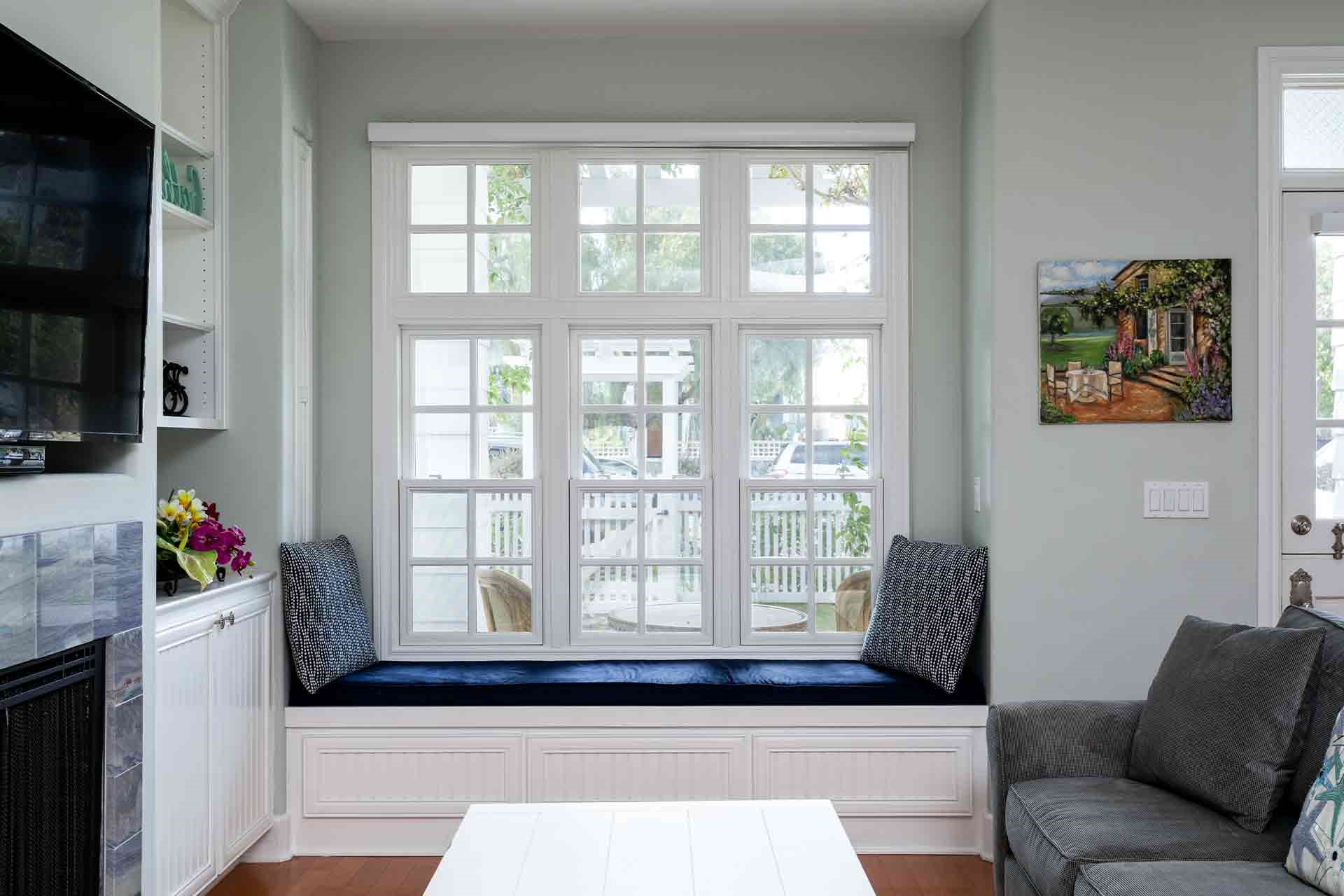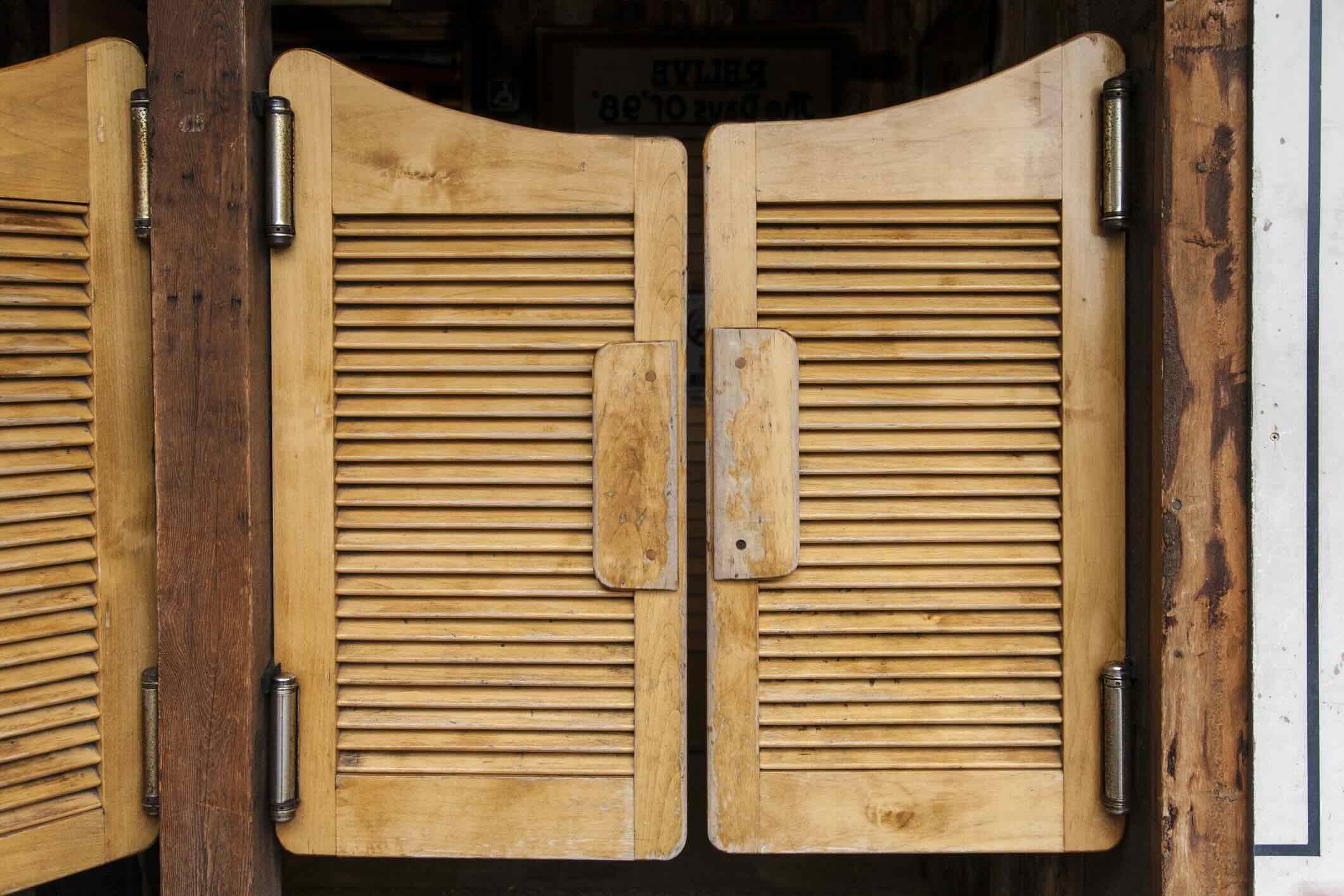Home>Create & Decorate>DIY & Crafts>DIY Porch Swing Plans: Create Your Own Relaxation Spot


DIY & Crafts
DIY Porch Swing Plans: Create Your Own Relaxation Spot
Published: May 24, 2024

Senior Editor in Create & Decorate, Kathryn combines traditional craftsmanship with contemporary trends. Her background in textile design and commitment to sustainable crafts inspire both content and community.
Discover the best DIY porch swing plans to create your own relaxation spot with these easy-to-follow DIY & Crafts projects. Relax and unwind in style!
(Many of the links in this article redirect to a specific reviewed product. Your purchase of these products through affiliate links helps to generate commission for Twigandthistle.com, at no extra cost. Learn more)
Introduction
Are you looking to add a cozy and inviting spot to your porch? Building your own porch swing can be a rewarding and enjoyable project that will provide you with a perfect place to relax and unwind. Whether you're a seasoned DIY enthusiast or just starting out, creating your own porch swing can be a fun and fulfilling endeavor. In this article, we'll guide you through the process of building your very own porch swing, from choosing the right materials to adding the finishing touches. So, roll up your sleeves and get ready to embark on a DIY adventure that will enhance your outdoor living space!
Choosing the Right Materials
When it comes to building a sturdy and durable porch swing, selecting the right materials is crucial. Here's a list of materials you'll need to get started:
1. Wood
Choose a high-quality, weather-resistant wood such as cedar, cypress, or teak. These woods are known for their durability and ability to withstand outdoor elements, making them ideal for constructing a porch swing that will last for years to come.
2. Hardware
Invest in galvanized or stainless steel hardware to ensure that your porch swing is not only secure but also resistant to rust and corrosion. This includes screws, eye bolts, chains, and other fasteners necessary for assembly.
3. Cushions and Pillows
To add comfort and style to your porch swing, consider investing in weather-resistant cushions and pillows. Look for fabrics that are designed to withstand sun exposure and moisture, such as outdoor-grade polyester or acrylic.
Read more: DIY Porch Bed Swing Plans
4. Finishing Materials
Opt for a high-quality outdoor wood finish or paint that provides protection against UV rays, moisture, and mildew. This will help maintain the appearance and longevity of your porch swing, keeping it looking beautiful for years to come.
By carefully selecting the right materials, you can ensure that your DIY porch swing not only looks great but also stands the test of time, providing you with a relaxing outdoor retreat for years to come.
Tools Needed for the Project
Here's a list of essential tools you'll need to bring your DIY porch swing to life:
-
Measuring Tape: Accurate measurements are crucial for ensuring that all components fit together properly. A reliable measuring tape will be your best friend throughout the project.
-
Circular Saw: This versatile tool will be essential for cutting the wood to the desired lengths and angles. Make sure to use a sharp blade for clean and precise cuts.
-
Drill and Bits: A power drill with a set of drill bits will be necessary for creating holes for screws and hardware, as well as for pre-drilling to prevent wood from splitting.
-
Screwdriver: Both a manual and electric screwdriver will come in handy for assembling the swing and attaching hardware.
-
Clamps: These will help hold the wood pieces together securely during assembly, ensuring that everything stays in place as you work.
-
Sandpaper or Sander: Smooth out rough edges and surfaces to create a comfortable and safe finished product.
-
Level: Ensuring that your swing is level during assembly is crucial for stability and comfort.
-
Paintbrushes or Sprayer: If you plan to paint or finish your porch swing, having the right tools for the job will ensure a professional and long-lasting result.
By having these tools at your disposal, you'll be well-equipped to tackle the project and create a beautiful and functional porch swing for your outdoor space.
Step-by-Step Instructions for Building the Porch Swing
-
Gather Your Materials: Begin by gathering all the materials and tools you'll need for the project. Ensure that you have the correct measurements and enough wood for the swing seat, backrest, armrests, and supports.
-
Cut the Wood to Size: Use a circular saw to cut the wood to the desired lengths and angles according to your chosen porch swing design. Double-check your measurements to ensure accuracy.
-
Sand the Wood: Once the pieces are cut, use sandpaper or a sander to smooth out any rough edges and surfaces. This will prevent splinters and create a comfortable finished product.
-
Assemble the Seat and Backrest: Begin by assembling the seat and backrest components. Use clamps to hold the pieces together securely as you attach them with screws and a drill.
-
Attach the Armrests and Supports: Once the seat and backrest are assembled, attach the armrests and supports to complete the basic structure of the porch swing. Ensure that everything is securely fastened for safety and stability.
-
Add the Chains or Ropes: Depending on your design, attach the chains or ropes to the swing, ensuring that they are securely fastened to the frame and capable of supporting the weight of the swing and its occupants.
-
Apply Finish or Paint: If desired, apply a weather-resistant finish or paint to the porch swing to protect it from the elements and enhance its appearance. Allow sufficient time for the finish to dry before use.
-
Install Cushions and Pillows: Once the swing is fully assembled and finished, add weather-resistant cushions and pillows to enhance comfort and style.
-
Hang the Swing: Finally, carefully hang the porch swing from a sturdy beam or ceiling using appropriate hardware, ensuring that it is level and securely attached.
By following these step-by-step instructions, you can create a beautiful and functional porch swing that will provide a perfect spot for relaxation and enjoyment on your porch.
Adding Finishing Touches
Once the basic structure of your porch swing is assembled, it's time to add the finishing touches that will enhance its appearance and comfort. Here are some essential steps to complete your DIY porch swing project:
-
Apply a Weather-Resistant Finish: To protect the wood from the elements and ensure its longevity, apply a weather-resistant finish. Choose a product specifically designed for outdoor use, such as a polyurethane sealant or marine varnish. Ensure that the finish is applied evenly and thoroughly to all exposed surfaces of the swing.
-
Add Decorative Elements: Consider adding decorative elements to personalize your porch swing. You can incorporate carved details, engraved patterns, or even a custom paint design to make your swing uniquely yours. Just ensure that any added elements are securely attached and do not compromise the structural integrity of the swing.
-
Install Cup Holders or Side Tables: For added convenience and functionality, consider installing cup holders or side tables to your porch swing. These additions can provide a place to set down drinks, snacks, or reading materials while you relax, making your swing even more enjoyable.
-
Hang Outdoor-Safe Lighting: If you plan to use your porch swing in the evenings, consider adding outdoor-safe lighting to create a cozy and inviting atmosphere. String lights, lanterns, or even a small outdoor lamp can add a touch of ambiance to your outdoor space.
-
Accessorize with Cushions and Pillows: To maximize comfort and style, accessorize your porch swing with weather-resistant cushions and pillows. Choose colors and patterns that complement your outdoor decor and provide a cozy place to relax.
-
Incorporate a Canopy or Awning: If your porch swing is exposed to direct sunlight, consider incorporating a canopy or awning to provide shade and protection from the elements. This addition can make your swing more comfortable during hot, sunny days.
By adding these finishing touches, you can elevate the appearance and functionality of your DIY porch swing, creating a welcoming and relaxing spot on your porch for years to come.
Read more: DIY Basement Sauna Guide
Safety Tips for Enjoying Your DIY Porch Swing
Ensuring the safety of your DIY porch swing is paramount for a relaxing and worry-free experience. Here are some essential safety tips to keep in mind:
-
Weight Capacity: Before enjoying your porch swing, be mindful of its weight capacity. Ensure that the swing is designed to support the weight of multiple occupants, and never exceed the specified limit. Overloading the swing can compromise its structural integrity and pose a safety risk.
-
Secure Hanging: Double-check the security of the hanging hardware and attachments. Inspect the chains, ropes, or hardware used to suspend the swing to ensure they are in good condition and properly installed. Regularly inspect these components for signs of wear and tear, and replace them as needed to maintain safety.
-
Stable Support: Verify that the beam or ceiling from which the porch swing is suspended is structurally sound and capable of supporting the weight of the swing and its occupants. If in doubt, consult a professional to assess and reinforce the support structure as necessary.
-
Regular Maintenance: Perform routine maintenance on your porch swing to keep it in top condition. Check for loose screws, signs of wood rot, or any other damage that may compromise safety. Tighten hardware, replace worn components, and refinish the wood as needed to ensure the swing remains safe and sturdy.
-
Supervise Children: If children will be using the porch swing, always supervise them to ensure they use it safely. Teach them how to get on and off the swing properly, and establish rules for safe usage. Children should be reminded not to stand on the swing or engage in rough play that could lead to accidents.
-
Weather Awareness: Be mindful of weather conditions when using your porch swing. Avoid swinging during severe weather, high winds, or thunderstorms. Additionally, if your swing is not designed for all-weather use, consider bringing cushions and pillows indoors during inclement weather to prevent damage and maintain safety.
-
Proper Sitting: Encourage proper sitting positions while using the porch swing. Remind occupants to sit facing forward and distribute their weight evenly to prevent tipping or instability. Avoid excessive swinging or sudden movements that could lead to accidents.
By adhering to these safety tips, you can enjoy your DIY porch swing with peace of mind, knowing that it provides a safe and relaxing retreat for you and your loved ones.
Conclusion
Building your own porch swing can be a gratifying and fulfilling project that adds both charm and functionality to your outdoor space. By carefully selecting the right materials, using the essential tools, and following step-by-step instructions, you can create a beautiful and sturdy porch swing that provides a perfect spot for relaxation and enjoyment. Adding finishing touches such as weather-resistant finishes, decorative elements, and accessories further enhances the comfort and appeal of your DIY porch swing. However, safety should always be a top priority when enjoying your porch swing, and following the recommended safety tips will ensure a worry-free experience for you and your family. With your DIY porch swing in place, you can look forward to many tranquil moments and cherished memories in your own personalized relaxation spot.














